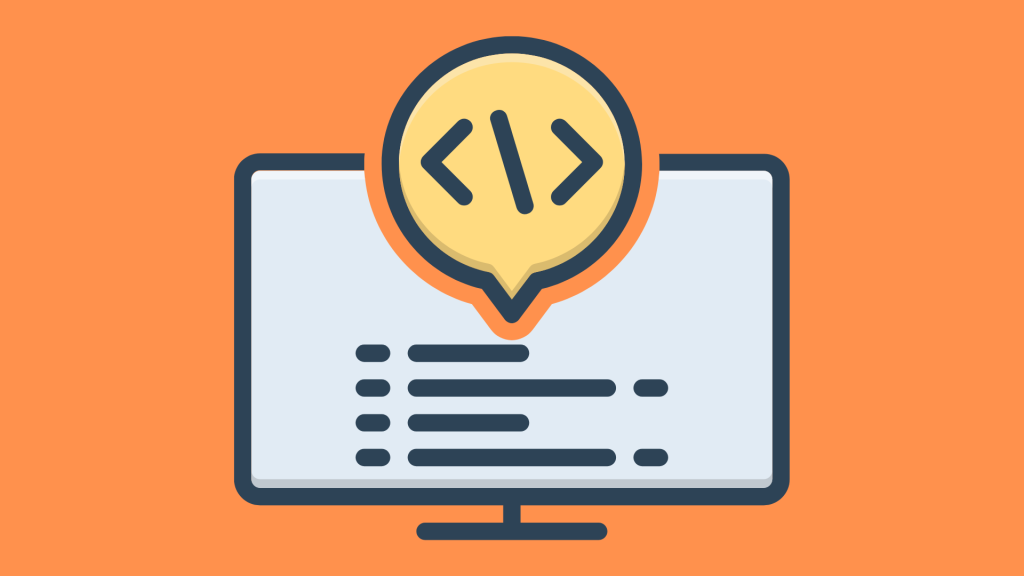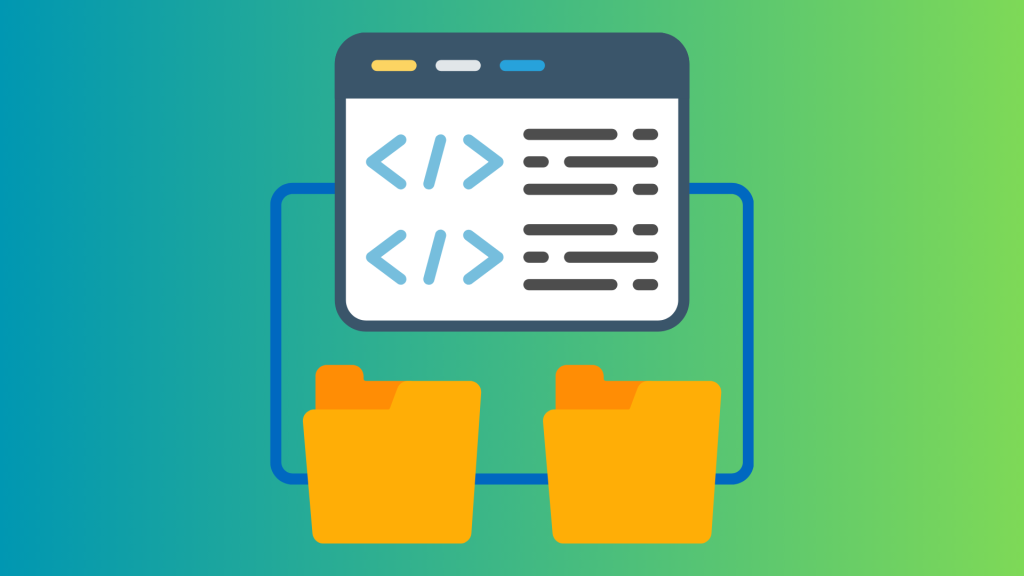





Listed among top-rank
service providers

Top App Developers in USA

Top Blockchain Development Companies in USA

Most-Trusted Android App Development Companies
Unlock the full article with just a tap on the play icon. Let’s dive in!
Swift and Objective-C are like the superheroes of the app world. They both help make cool apps for iPhones and iPads. Think of Swift as the new star on the block – it’s fresh, easy to learn, and quick. Objective-C is like the wise, experienced hero – it’s been around longer and knows a lot of tricks.
In this article, we will look at how these two are different. It’s like comparing a brand-new, shiny bike (Swift) with a classic, reliable one (Objective-C). We’ll see what makes each one special and how they help people make awesome apps. Whether you’re just curious or thinking about making an app yourself, you’ll find out which one might be better for your super app-making powers!
Ready? Let’s zoom in!

Long ago, when iPhones were new, Objective-C was the main language used to make apps. It’s like an old tree in a tech forest, full of history and stories. Objective-C helped make lots of the apps we use every day.
Then, in 2014, Apple introduced Swift. Swift is like a young, fast runner in a race. It’s new, but it learns quickly and runs fast. Swift made it easier and quicker to build cool apps.
Both these languages are super important in the domain of apps. It’s like having two different paintbrushes for an artist. And just like artists, developers at a custom website development firm use these languages to create amazing things on our phones and iPads.

Let’s talk about how Swift and Objective-C are written. Imagine you have two different sets of building blocks. One set is Swift, and the other is Objective-C. Even though both can build cool apps, how you stack and use these blocks differs.
Swift’s blocks are like playing with a brand-new, easy puzzle. The pieces fit together smoothly, and it’s easy to see what you’re building. This means when someone writes in Swift, it’s clearer and simpler. It’s like writing a story that’s easy to read and understand.
On the other hand, Objective-C is like an older, more complex puzzle. It has more pieces and can be a bit tricky to put together. But once you know how, you can create detailed pictures. Some people who have been building apps for a long time still like this way because they’re used to it.
For making apps, clear writing is really important. It’s like having clear instructions to build a Lego set. When the instructions (or code) are easy to read, like in Swift, building apps can be faster and more fun. That’s why many people who create apps now use mobile app development tools that work well with Swift.

Now, let’s race! If Swift and Objective-C were cars, how fast could they go?
This is about how quickly they can make apps work.
Swift is like a speedy sports car. It’s built to go fast. When you use Swift to make an app, it usually runs fast. This is cool because games and apps can do more things without slowing down. Swift is also good at saving energy, like a car that doesn’t use much fuel. This means apps can work well even on older iPhones and iPads.
Objective-C is like a strong, reliable truck. It’s been around longer, so it carries heavy loads well. For big, complex apps, Objective-C can be very powerful. But it might not be as quick as Swift.
Guess what?
The cost of building apps can be different, too. Swift can sometimes make things cheaper and faster, which is important when considering app development costs. Faster development means you can play with your new app sooner!
By the way, did you know that The App Founders use these languages to make awesome apps? They’re experts in picking the right one for each project!

Imagine you’re building a treehouse. You want it to be safe and not fall, right? That’s what we think about when discussing safety and stability in Swift and Objective-C.
Swift is like building a treehouse with extra strong nails and ropes. It has special ways to catch mistakes before they become big problems. This means apps made with Swift are less likely to crash or have bugs. It’s like having a safety net while learning to walk on a tightrope.
Objective C is more like an old-school treehouse. It’s strong, but you must carefully check the ropes and planks. Developers must be more watchful to prevent crashes and bugs in apps made with Objective-C.
Both languages are good, but Swift’s safety features make it easier for new builders. This is super important for keeping apps working well and making everyone happy.
Also, when it comes to keeping apps running smoothly and fixing bugs, companies like a mobile app development services company can help a lot. They use tools and tricks from both Swift and Objective-C to make sure your app is like the best treehouse in the neighborhood – safe, fun, and cool!

When making something, like a cool drawing or a big Lego castle, it’s always nice to have friends and family who can help and give you good advice. That’s what we mean by support and resources for Swift and Objective-C.
Swift is like a new art class with many friends ready to help. There are many people online who share ideas and solve problems together. Apple, the company that made Swift, also gives lots of tips and tools. This makes learning and using Swift like having a big, helpful team.
Objective C is like an older, famous art club. It has been around for a long time, so many experienced artists are in it. These artists have made lots of cool stuff and can give good advice. But, there aren’t as many new members joining this club.
For both languages, there are special tools – kind of like magic wands – that help you build apps. These are called mobile app development tools. They make it easier to put your app together, like having a super-powered glue gun for your crafts.
Remember, whether you’re using Swift or Objective-C, having good tools and friends to help makes building apps much more fun!

Choosing between Swift and Objective-C is like picking the right tool for a job. Let’s think about when and why we might use each one.
Swift is perfect for new projects, especially if you want to make something quickly and easily. It’s like using a super-fast scooter to zip around town. Swift is great for making all kinds of apps, and it’s really popular for games because it’s so fast and fun.
Objective-C is often used for older apps that need updating. It’s like having a sturdy, old truck that’s good for big jobs. Big companies sometimes use Objective-C for their really serious apps because it’s been reliable for so long.
No matter what tool you pick, it’s all about making the best app possible. And the user experience importance can’t be overlooked. A great app should be fun and easy for everyone to use, just like a cool toy everyone wants to play with.

Thinking about the future of Swift and Objective-C is like looking into a crystal ball to see what new toys are coming out. What will the next cool app be like? Let’s guess!
Swift is getting more and more popular. It’s like a new, shiny bike that everyone wants to ride. We might see even more apps made with Swift in the future because it’s easy and fun to use. Apple keeps improving Swift, like adding new stickers and bells to that shiny bike.
Objective-C might not be the show’s star in the future, but it’s still important. It’s like an old, reliable bike that people have been riding for years. Some big apps still use it and will probably keep it for a while.
And hey, did you know that companies like to hire Android app developers who know both Swift and Objective-C? That way, they can make cool apps for everyone to enjoy!
We’ve had a fun time learning about Swift and Objective-C. Remember, Swift is like the new, fast bike that’s easy and fun, while Objective-C is like the strong, old bike that’s been around for a long time.
Choosing between Swift and Objective-C depends on what you need. If you’re starting a new app, Swift might be your go-to. But for updating old, big apps, Objective-C is still pretty cool.
It’s like picking the right tool for the right job. And no matter your choice, making apps is always an adventure.
So, whether you’re just curious or dreaming of making your app, Swift and Objective-C are both superstars in the world of app-making!

Satisfied
Customers
Work hours
Work hours
customer
retention rate
All company logos and trademarks appearing on our website are the property of their respective owners. We are not affiliated, associated, endorsed by, or in any way officially connected with these companies or their trademarks. The use of these logos and trademarks does not imply any endorsement, affiliation, or relationship between us and the respective companies. We solely use these logos and trademarks for identification purposes only. All information and content provided on our website is for informational purposes only and should not be construed as professional advice. We do not guarantee the accuracy or completeness of any information provided on our website. We are not responsible for any errors or omissions, or for the results obtained from the use of this information. Any reliance you place on such information is strictly at your own risk.